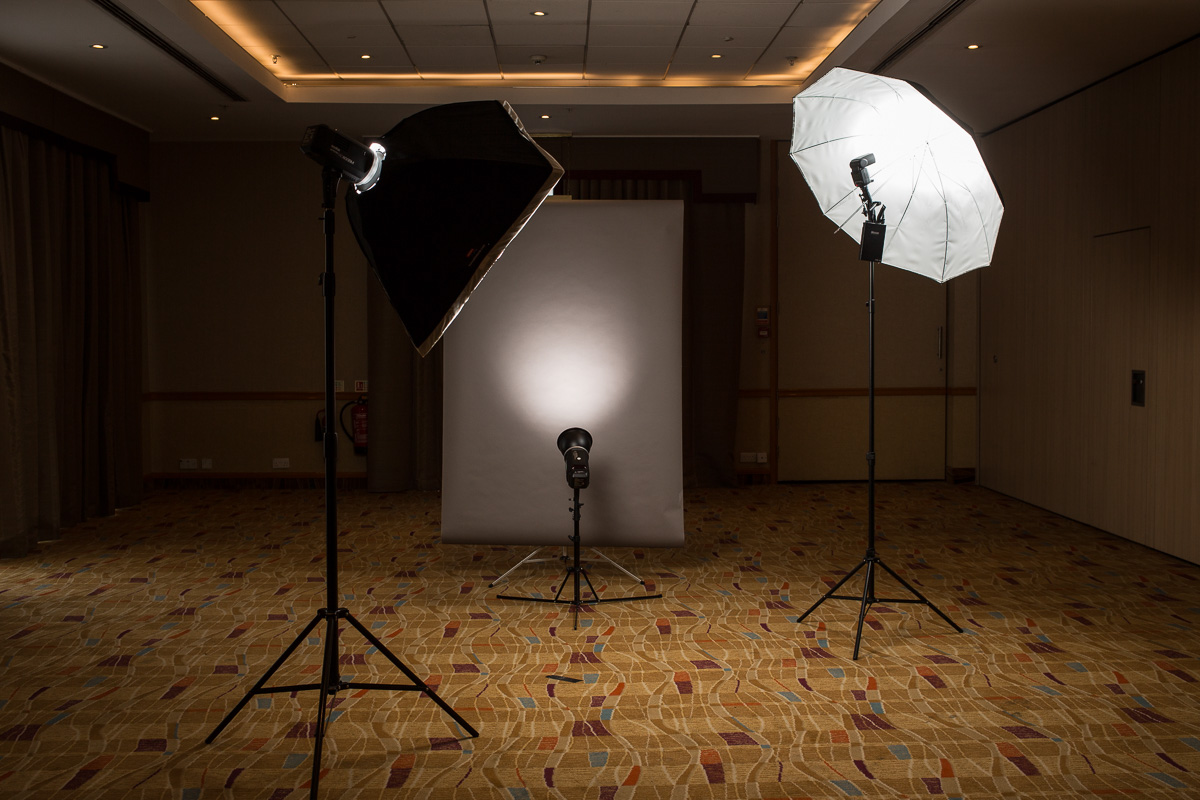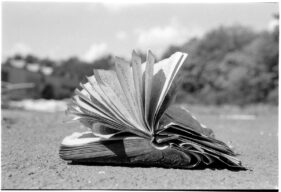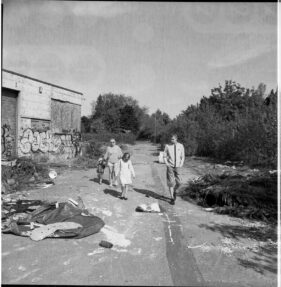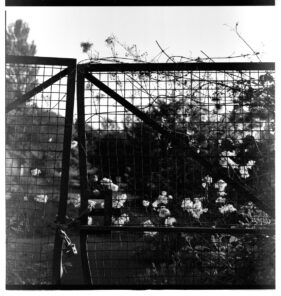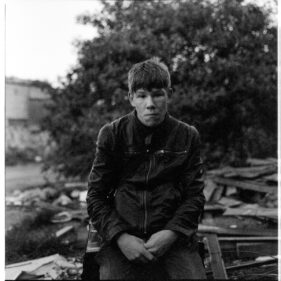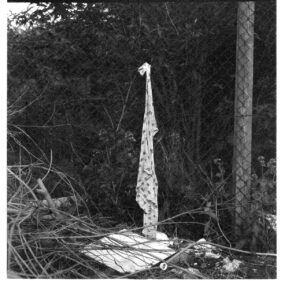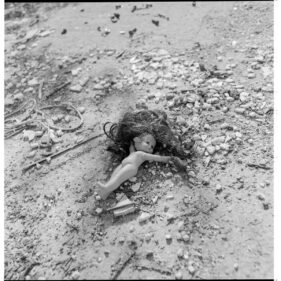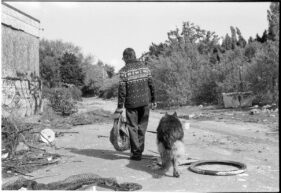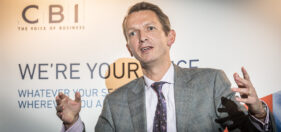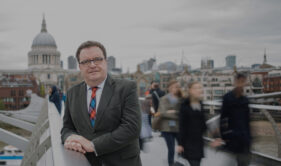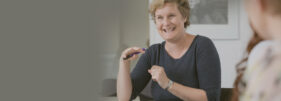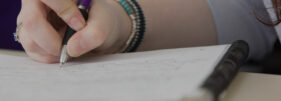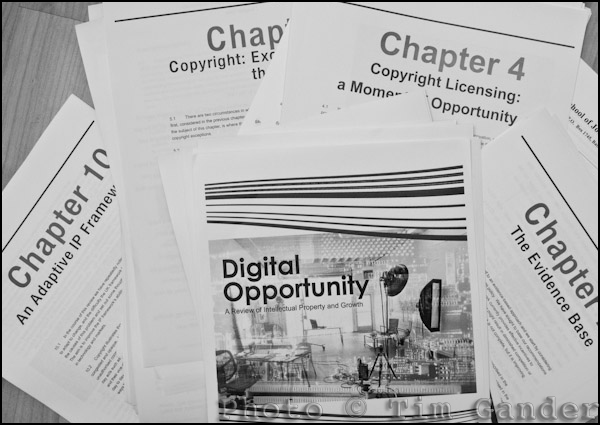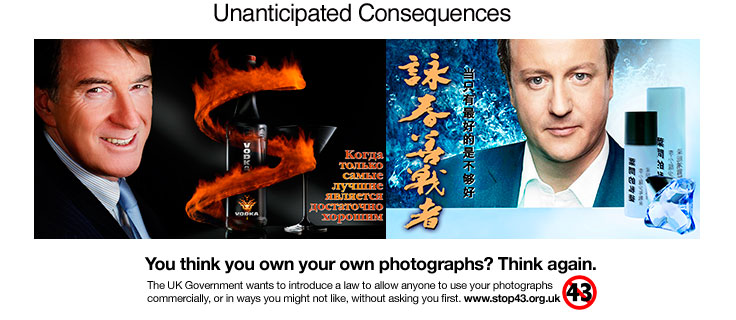Much of my business photography consists of taking portraits of, rather predictably, business people. So far so good.
This pretty much always happens at their place of work because that means less disruption to their busy schedule and I can create a set of portraits covering all the colleagues that happen to be in the building that day. Still so far so good.
Where “so far so good” becomes “ummm” is when I’m shown into a meeting room/stationery cupboard which is so crammed with immobile tables and heavy chairs/stationery that I have no space to actually take pictures.
I do make a point of requesting a space roughly 10 foot square, but sometimes the message gets lost or it’s assumed the boardroom table can be moved when I get there. More commonly now, tables are cabled to the floor with telephone and computer wires, which will only stretch so far before they go PING! and the IT department has to be called in.
So to say I was utterly delighted with the space I was given this week is an understatement – half a ballroom in a hotel. All to myself, with nothing, and I mean absolutely nothing taking up floor space. In fact I had to pull a small table into the room so I could check off peoples’ names as I went without having to squat on the floor.
I thoroughly enjoyed setting up my backdrop and lights slap bang in the middle of the space. It gave the whole thing a slightly surreal air and the people who came in to have their photos taken were astonished that the room they’d been assigned for their meeting was so much smaller than the one reserved for me.
Of course the ballroom wouldn’t have worked for them because they needed AV and a projector for their presentations which the ballroom didn’t have, but it did make me feel very special and it also meant I had bags of room to control how the lights lit the backdrop and the sitters. It meant I could work towards a very particular look without too much difficulty.
Ok, not the most exciting tale in the world, and it’s not as if I’ll be dining out on that one ever, but it’s a fine illustration of how giving the photographer ample space to work will not only make their life easier, it’ll also mean they can work to achieve more accurate results in-camera and ensure that so far so good endures right through to “that’s a wrap”.

